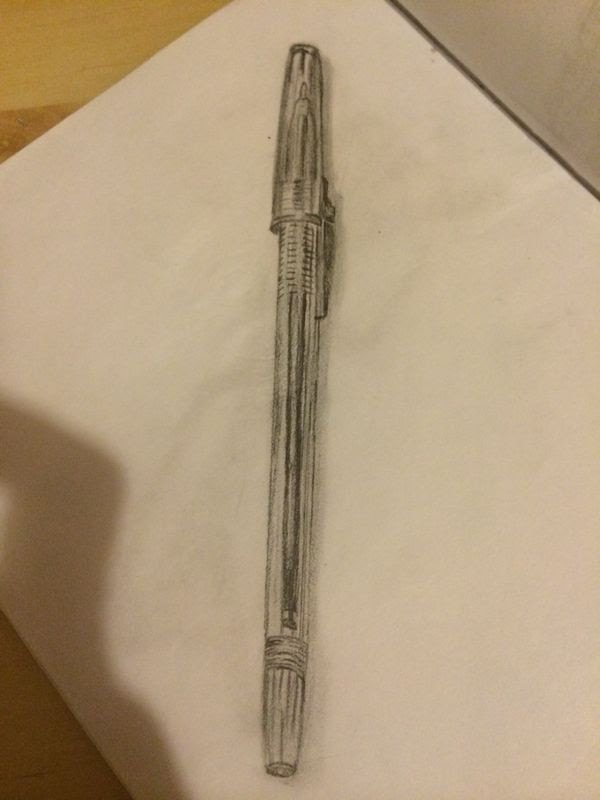Crash course in journalism, lesson 7 : Research part 1
Note: this post is a part of a crash course in journalism. If this is the first post from the series you encountered, it is highly recommended to start the course from the beginning. See index of previous lessons at the end of the post.
This is the first of 3 lessons about research. You may say that these 3 lessons are the main dish of this course, because research is the heart of the journalist's work. If you are a good writer, you probably feel that finding the right words and arranging them nicely in an article is not a very difficult task for you. But research, well that's where the real effort is.
As I mentioned in the previous lesson, a balanced research is what will give you “the something else”, the story within the story that will make your article stand out. A good research gives the story two important features that help leading the readers to that “Ah ha!” moment : perspective and context. Without these two features, the story may be completely missed.
Research is all about facts, but your impressions from the subject matter while researching it, will have a considerable effect on the tone of your writing. Thus, it is very important to approach your research in the most professional and unbiased manner. Here are three thumb rules that will help you assure that:
- Write / record / photograph *everything.” Don't assume you can trust your memory.
- Check and double check all the facts. Do not rely on what you are not sure that is true.
- Try to get as many different perspectives as possible.
The outcome of your research should be a verifiable record, in writing or in other form. Each journalist has a different way of achieving this. Some use just text. Many use graphics, like flow charts and relation graphs. Weather you are actually going to do that or not, think of it as something that you can show to other people, and that will enable them to follow your thinking process.
The raw materials of the research are almost never presented directly to the readers. Instead, the research outcomes are decomposed and embedded into the text. We will look at this process in one of the next lessons. But before that, we will discuss the important and rather complex issue of facts.
Keep looking around you and writing.
Index of previous lessons:
Lesson number one: Buy a notebook
Lesson 5: Using your notebook in the field
lesson 6 : "The something else"

Good stuff!!
Title edit. :)
Thank you ( also for noticing the typo in the title )
Very good tips. Thanks for sharing
Is this a journalist? Who are all these people who are supporting this hack?
@positivesteem, @steemnews.online, who the fuck are you?
This is high time you realize who you are supporting with your votes and exactly what kind of person you're voting for.
That link is the clear proof that this person is here ONLY to deceive and distort, to dismiss and derail conversation. Does he have a place giving lessons on journalism when he asks "so what if a terror event is faked? does that mean it's not real?"?
Go look at how much he cares about his credibility as an impartial observer, or his general credibility as a human being, he will happily lie, again and again, to himself and you.
Don't believe me, I dare you to start looking at who you are voting for.